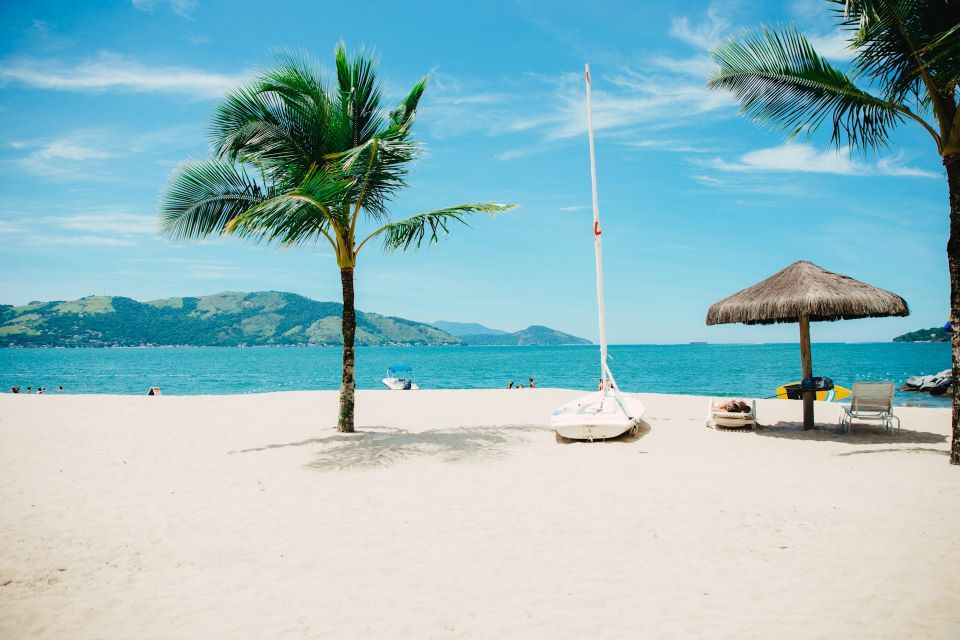Barra da Tijuca
Barra da Tijuca is a surfer’s paradise in Rio de Janeiro. Stretching over 18 kilometres, Barra da Tijuca is Rio’s longest beach which means there is ample space, unlike the more crowded beach of Copacabana. The beach offers powerful waves and cleaner water, which is why it is so popular with surfers. Located in the upper-middle class neighbourhood of Bairro, Barra da Tijuca has a unique vibe – think wide avenues, shopping centres, and upscale dining options.
Prainha
Another beach that is popular with serious surfers, Prainha is a more secluded beach tucked away between lush hills and forests. This makes Prainha feel like a slide of untouched paradise, which means the journey is well worth it for those looking for a more authentic experience in Rio de Janeiro. The surrounding area of Prainha is part of an environmental protection zone, which has helped preserve its natural beauty and limit development.
Grumari
Close to Prainha in the West Zone of Rio de Janeiro, Grumari offers another stunning escape from the city. Larger and slightly more accessible, it remains undeveloped, with only a handful of kiosks serving fresh seafood and cold drinks. It’s a favourite among locals for picnics, romantic getaways and quiet moments far from the bustle of city life.
Leme
Just to the north of Copacabana, Leme Beach offers a quieter, more laid-back vibe while still being easily accessible. It’s a popular spot among Rio’s residents, especially in the early morning when joggers and fishermen line the shore.
The highlight here is the Leme Fortress (Forte do Leme), where you can hike up a trail to a military outpost and enjoy panoramic views of the city, Sugarloaf Mountain, and Guanabara Bay.
What makes Rio’s beaches beyond Copacabana and Ipanema so special is their diversity. Whether you’re a surfer chasing waves, a nature enthusiast, a tourist craving serenity, or simply someone in search of a more genuine slice of Carioca life, these beaches provide a deeper understanding of what makes Rio such a magical city.
